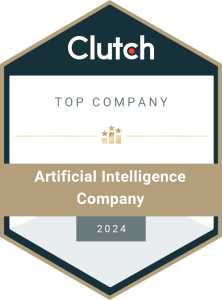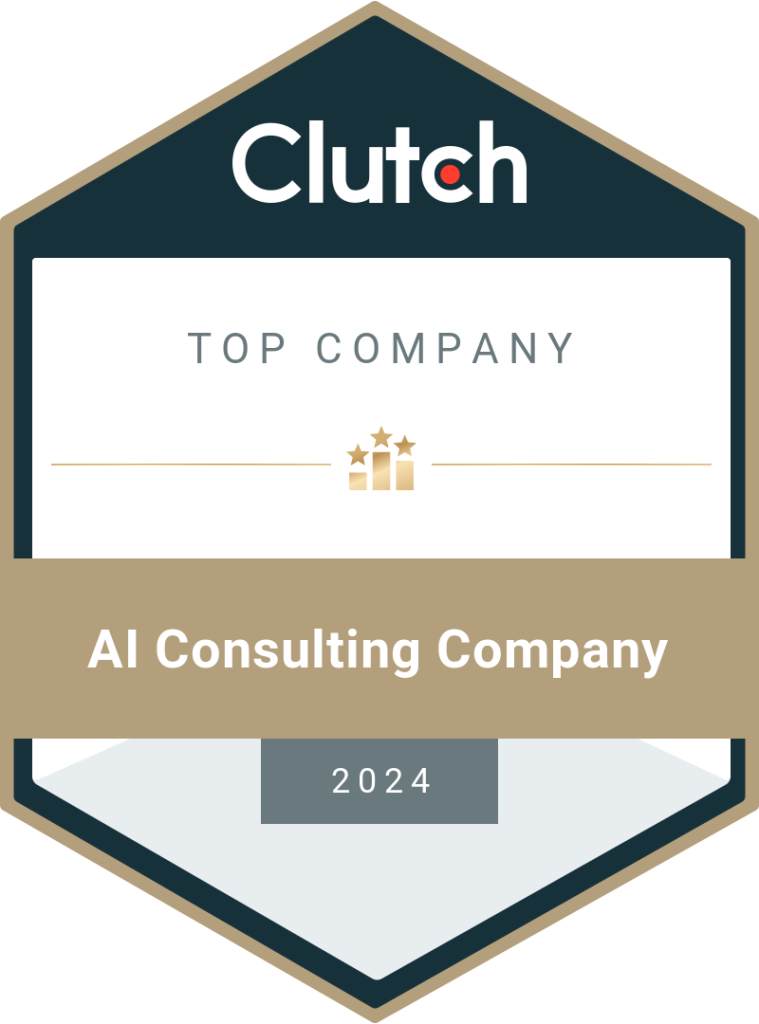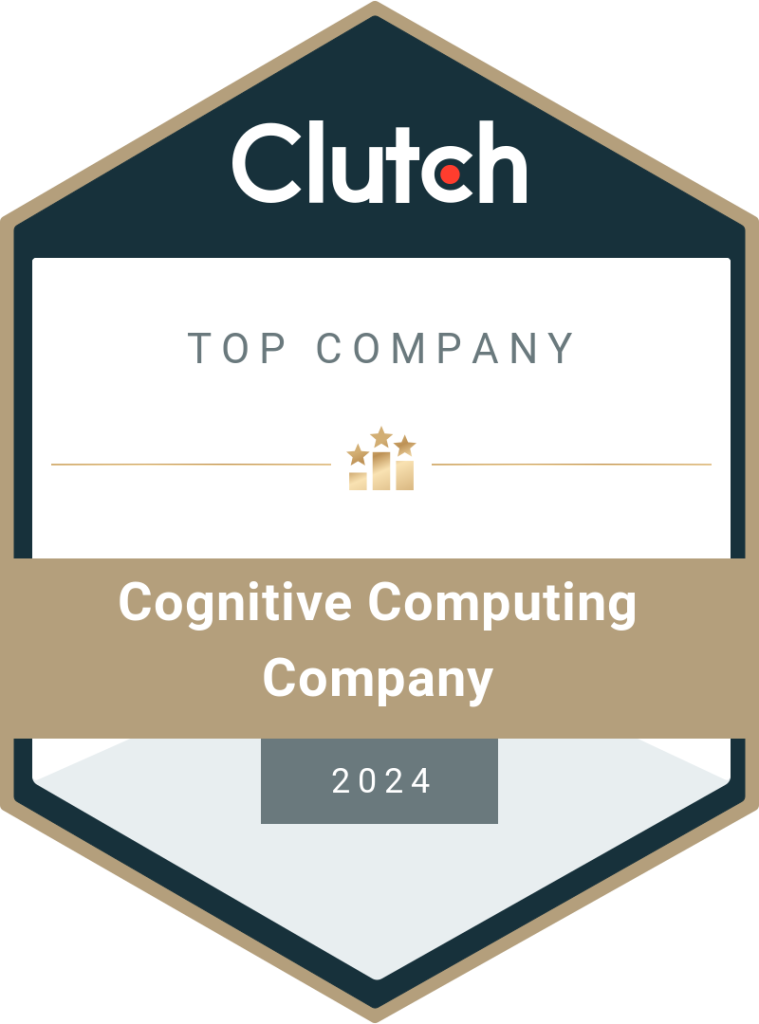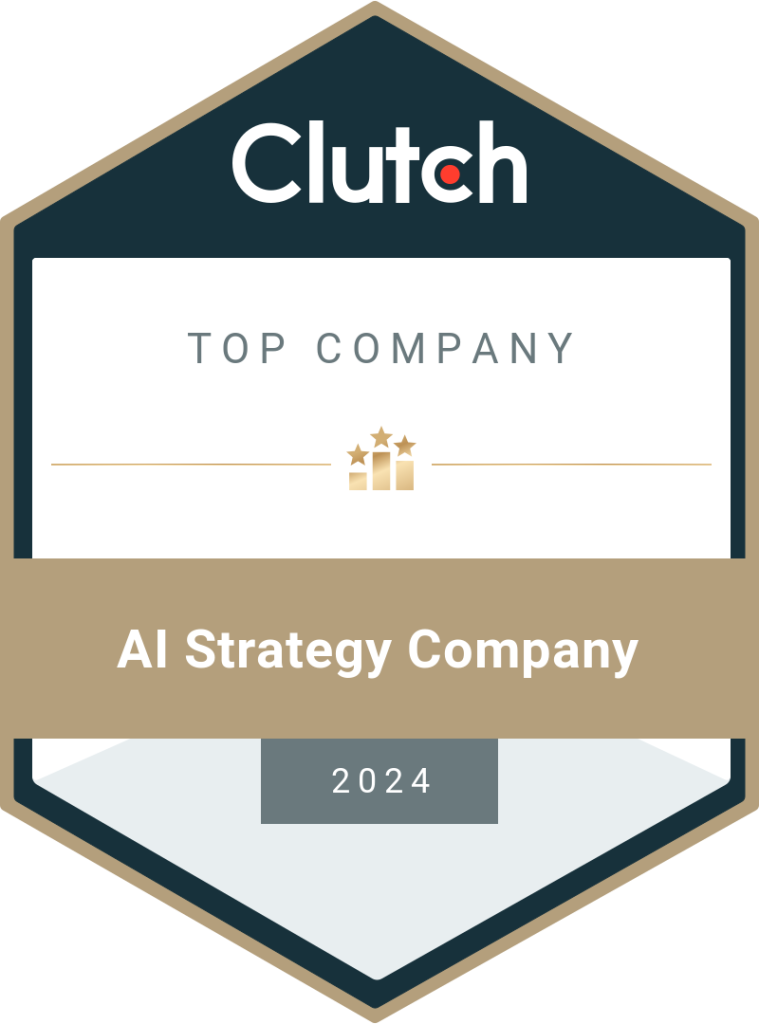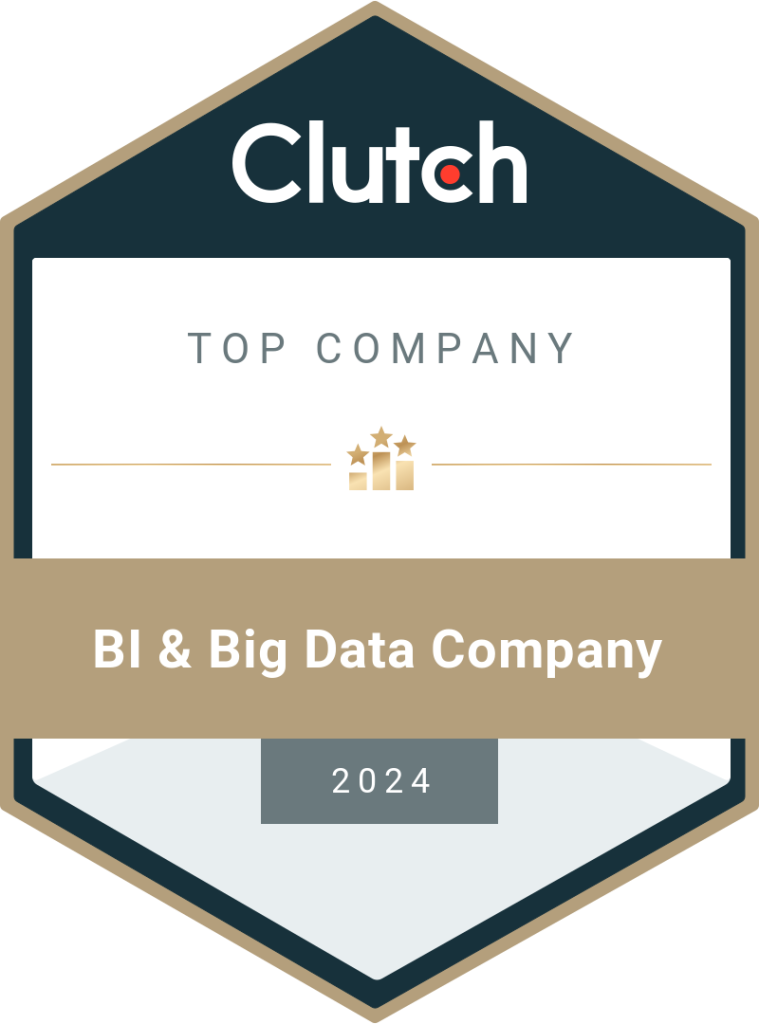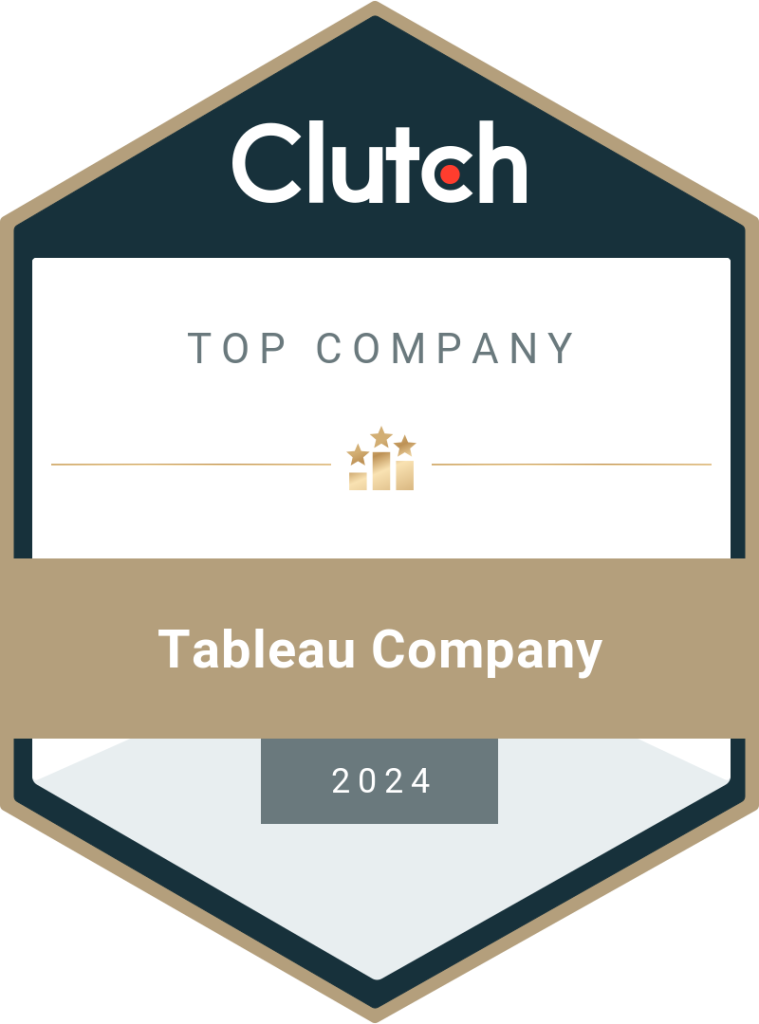AIaaS Companies in Finance & Banking – Top 10 Industry Leaders
AI-as-a-service (AIaaS) has revolutionized the finance and banking industry by offering scalable, data-driven solutions. With its potential to streamline operations and improve risk management, AIaaS helps financial organizations to stay competitive. This blog highlights the top companies driving transformation in the financial sector with the help of generative AI services. “To serve these markets, you have to re-imagine how money can be managed and moved because there will be more change in the next five years in financial services than in the past 30.” said, Dan Schulma, President of PayPal Artificial intelligence as a service (AIaaS) has become a crucial component in the finance and banking sectors. “AI adoption in the finance function is advancing quickly,” said Marco Steecker, senior director of research in the Gartner finance practice. According to a report by Gartner, the adoption of AI as a service business model in the finance sector in 2024 has increased, with 58% of organizations using it, marking a 21% rise from 2023. Ai offers different benefits, such as personalized services, improved decision-making, and quick operations. In this blog, we’ll talk about the importance of AIaaS in finance, along with the top 10 AI services companies that use AI to transform their finance and banking services. AIaaS Companies in Finance & Banking – Top Industry Leaders DataToBiz DataToBiz is a leading AIaaS company in finance that is dedicated to helping organizations use AI to enhance business efficiency and decision-making. With a focus on integrating AI into business processes, DataToBiz offers a comprehensive suite of services, such as AI consulting, machine learning development, natural language processing, and computer vision solutions. The company offers end-to-end support, from strategy development to implementation, allowing organizations to use AI technologies for their specific needs. DataToBiz is committed to ethical AI practices and data security, prioritizing the fair use of AI and adhering to regulations such as GDPR. rue potential of the business through transparent and cost-effective end-to-end data warehousing services. Salesforce Salesforce is a leading AI consulting services company and offers AI-powered solutions for the finance and banking sector through its Financial Services Cloud. Salesforce Financial Services Cloud is a platform that helps financial institutions such as banks, wealth management firms, and insurance companies to connect with their customers, offer personalized service, and automate tasks. Some of the main use cases include transaction dispute management, insurance claims, client meeting preparation, and complaints management. The platform utilizes AI to streamline processes, enhance engagement, and improve productivity by integrating seamlessly with existing business workflows, driving faster results and better outcomes. Brighterion Brighterion is a leading AI product development company that offers an AI platform that uses AI and machine learning for the finance and banking sectors. It helps financial institutions extract insights, make decisions, improve customer experiences, and streamline operations. Some of its prime offerings include fraud detection and prevention, chargeback prevention, and digital customer experience. Brighterion serves more than 2000 companies to protect against fraud and risk. Its solutions allow fraud risk assessment for transactions and merchants. The company also offers resilient payment software, ensuring seamless and secure transactions. SAP SAP offers a comprehensive suite of AIaaS solutions tailored to the finance and banking industries. Its SAP Business AI platform uses machine learning and intelligent automation to manage financial processes, such as invoice matching, risk analysis, and predictive financial forecasting. Some of the key features of this platform include working capital, accounting and financial close, compliance optimization, planning and analytics, travel and expense, and intelligent invoice-matching automation. This platform makes it easy to detect potential risks but also improves decision-making by providing real-time insights and accurate predictions, Ocrolus Ocrolus is a leading AIaaS company in finance and provides AI-driven document automation solutions tailored for the finance and banking sectors. It uses advanced artificial intelligence to process and analyze a wide array of financial documents, such as bank statements, pay stubs, and tax forms, in different formats. By integrating Ocrolus’s technology, lenders can automate processes such as income verification, cash flow analysis, and fraud detection. This automation improves risk management and reduces the scope of errors by providing accurate data, allowing financial institutions to make informed decisions. AWS AWS is a reputed AIaaS company in finance and product development that offers comprehensive cloud solutions for the financial services industry, helping them to streamline operations, detect fraud, and enhance customer experiences. Using AWS’s secure cloud infrastructure, financial organizations can scale operations efficiently, reduce costs, and work strategically with AI-driven insights. AWS offers AI consulting services for personalized banking, fraud detection, and automated compliance. The platform supports global financial transformation, making it easier for firms to adopt digitalization and stay competitive. H2O.ai H2O.ai is one of the best AIaaS companies in finance and offers no-code and low-code tools, enabling faster deployment and operational efficiency. It also focuses on responsible AI practices, ensuring fairness and transparency in financial models. Its H2O AI Cloud allows organizations to create solutions and foster automation and transparency. One of its intriguing applications includes LIBOR clause detection, which allows the processing of financial contracts and documents. It further makes it easy to identify key sentences related to LIBOR and offers contextual insights to support informed decision-making. Workday Founded in 2005, Workday Inc. is a leading provider of AI consulting services and cloud-based enterprise software specializing in financial management, human capital management, and analytics. This AI product development company offers innovative solutions development that helps organizations streamline operations, improve decision-making, and adapt to changing business needs. Workday’s financial management solutions include features such as accounting and finance, close and consolidate, revenue management, accounting center, expenses, grants management, audits and internal controls, analytics and reporting, and services CPQ. DataRobot DataRobot provides robust AI tools for financial services helping organizations to increase efficiency and decision-making. Its platform uses generative AI services and predictive modeling to offer features such as automated credit scoring, fraud detection, and stress testing. The company uses targeted marketing strategies to personalize customer experiences and deliver better outcomes. DataRobot supports regulatory compliance through governance-focused AI,
Read More